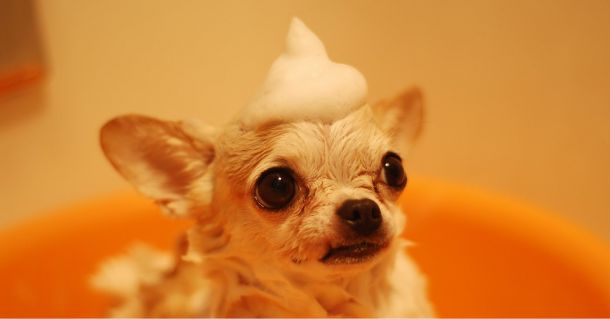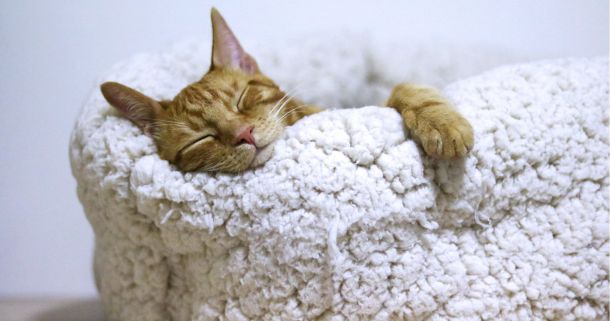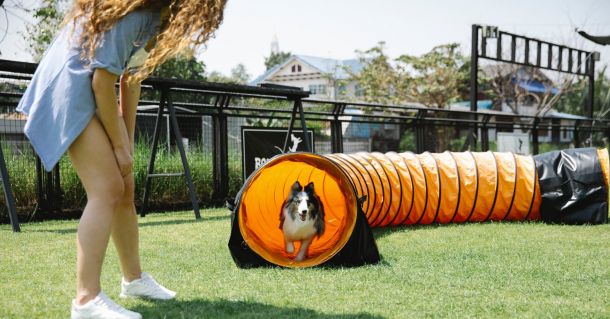How to Read a Balance Sheet for a Pet-Oriented Business

First Financial Bank
Considering buying a doggy daycare or boarding kennel? Or looking at an existing pet spa for sale? It’s time to check out their balance sheet.
You have found an intriguing dog kennel, doggy daycare, or pet spa up for sale – and you think, “this is the business for me!”
If you are considering living your dream by buying a pet-oriented business, you’ll want to evaluate the viability and financial health of the business before committing. You’ll want to do your due diligence and examine the financial statements/reports that help express the business’ financial health. One of those reports to review is the balance sheet.
What is a Balance Sheet?
The balance sheet compares the resources or “assets” of a business to how they were financed (known as the “liabilities”). What remains after subtracting the liabilities from the assets is the equity for the owner. The bottom line is that the balance sheet can help determine whether the business is a wise investment.
Some things to know about a balance sheet:
- It only shows a snapshot – a specific point in time – for the business.
- The basic formula for calculating: Assets=Liabilities + Equity.
- Some of the elements you want to look at include cash, accounts receivable, short-term investments, any real estate or building structures, equipment, supplies/inventory, and other significant liabilities.
- A balance sheet should always balance, meaning that assets should equal liabilities plus owners’ equity. Owners’ equity should equal assets minus liabilities.
How to Read a Balance Sheet
The balance sheet provides significant insight into a business’s fiscal health. A balance sheet has three sections: assets, liabilities, and equity. What does each of the sections mean?
1. Assets
Anything owned by the business that could ultimately be converted into cash (“liquidated”) is an asset. Assets are usually positives on the balance sheet (though there are such things as “contra assets”) and are divided into current and noncurrent (also known as “fixed”) assets:
- Current assets can be converted into cash within a year, such as cash on hand, marketable securities, inventory, and accounts receivables.
- Noncurrent (“fixed”) assets, such as real estate, large equipment, and trademarks, are not expected to be converted within the year.
2. Liabilities
Liabilities are what a business owes and are typically the inverse of assets. These are things the business is obligated to pay. These are tallied against the balance sheet. Liabilities are also current or noncurrent:
- Current Liabilities include payables for payroll, loan/debt financing, mortgage/rents payable, utilities payable, accounts payable, and other costs.
- Noncurrent Liabilities are ones not due within a year or “noncurrent liabilities” include obligations for future goods or services, leases, loans, deferred tax liabilities, and bonds payable.
3. Owner’s Equity
Whatever is left over once you subtract liabilities from assets is the owner’s equity. In summary, owner’s equity is anything belonging to the business owners after any liabilities are accounted for.
But the balance sheet is not the only document you need to review as part of your decision-making process. You’ll want to look at other financial statements/documents in addition to the balance sheet. This includes:
- Profit and Loss Statements: This is also referred to as the “Income Statement” and provides a view of the net earnings or losses of the business over a period of time. In other words, providing you with a clearer view of the business’s profitability.
- Cash Flow Statements: This report looks at the money coming in and going out of the business – and can help you answer the question of whether it is doing well enough to pay the business’ expenses and still have cash left. The basic components of the cash flow statement are any short or long-term investments, financing (loans), and operating costs (the discrepancy between whether the gap between expenses and income is growing).
As a whole, a balance sheet and these financial statements provide the most extensive view of a business’s current viability.
Assessing a Pet-Oriented Business
Though these reports are essential in assessing a business, there are other factors that you should also take into account:
- What is the reputation of the business? Are they known for providing great care to their furry clients and their humans – or not? Are they “good neighbors” to the other businesses in the area – or are there grievances?
- Who is the customer base and what is their potential for growth? Are there more prospects like them in the neighborhood or potential service area? What does the competition look like?
- How good are the current employees and infrastructure – and should you retain them if you acquire the business?
Use all the information you have at hand, including the balance sheet, to make an informed and practical decision you can be confident in.
Want to talk about your business plans? Let’s chat!

Pamper Your Clients with These Luxurious Pet Spa Services
Ever had a patient’s person ask you about facials for their pampered pet? Or if you could recommend a “pet spa”? It’s a thing – and something that could be interesting to consider as a new revenue source for your pet care business.

Owning a Pet Resort: Is the Pet Services Industry Right For You?
Is owning a pet resort a potential business for you?

How to Start a Pet Boarding Service
If you love working with pets and have experience in pet care, then a pet boarding business might be a great opportunity for you.

What is a CRM – and Does Your New Pet Care Business Need It?
You may have heard the acronym CRM before and wondered if it applies to your business. So what is it?
